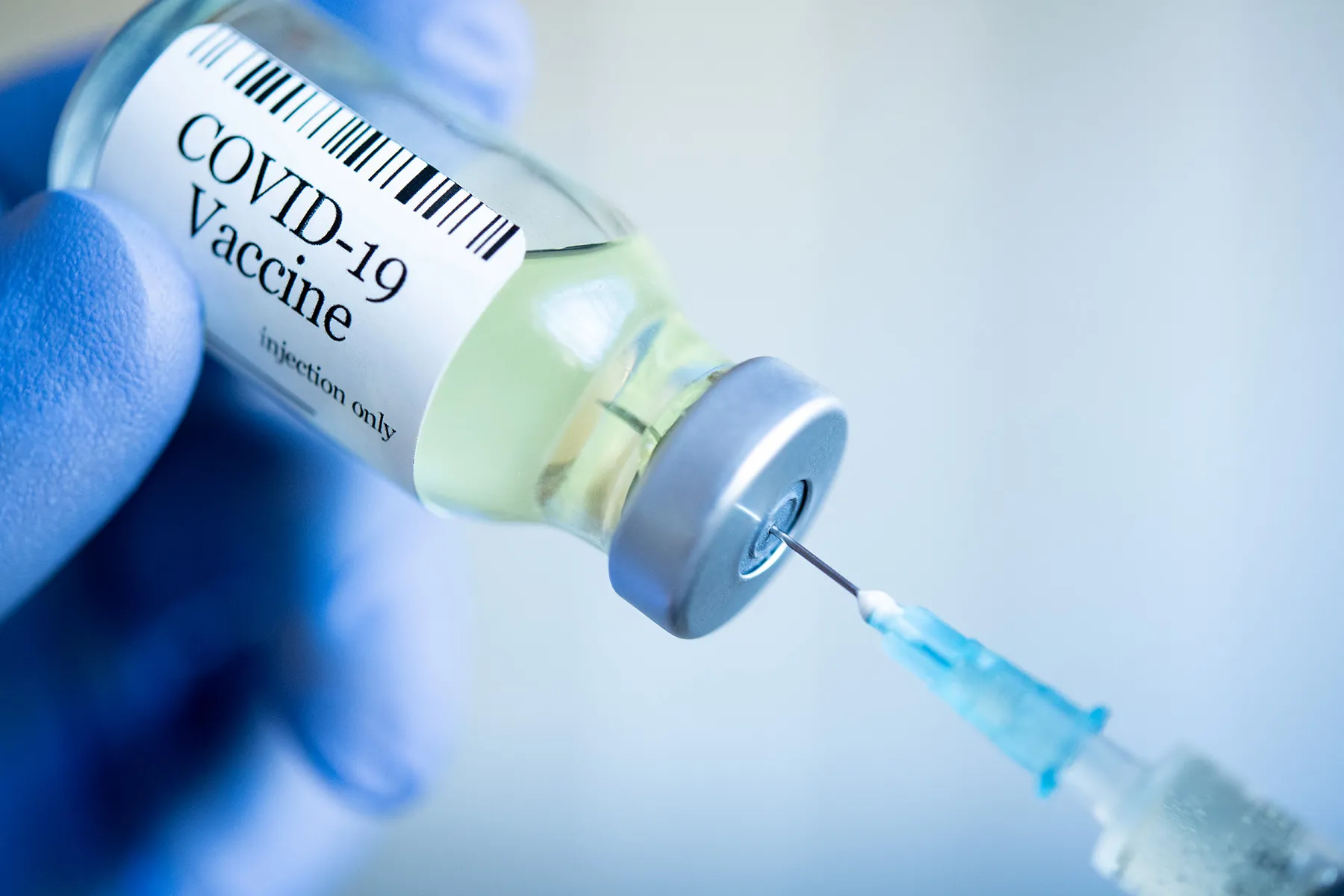This story has been updated.
Sept. 11, 2023 – The FDA today authorized the newest COVID-19 vaccine, the first not to target the initial or “ancestral” strain of the virus.
Last year, the FDA authorized a bivalent vaccine aimed at both the old and the new. This time, it’s a “monovalent” or single-strain vaccine with one main objective: to minimize health risks, hospitalizations, and deaths associated with newer variants like the XBB.1.5 Omicron subvariant. It is also expected to provide some protection against related variants currently in circulation.
The FDA authorization applies to vaccines made by both Pfizer and Moderna.
Two steps remain before you can get the booster at your doctor’s office or local pharmacy, however. The CDC’s Advisory Committee on Immunization Practices, or ACIP, is expected to vote on approving the new vaccine Tuesday. Then the new director of the CDC, Mandy Cohen, MD, MPH, will have to sign off.
COVID cases, hospitalizations and deaths are rising across the U.S. again. According to the CDC, hospitalizations rose 15.7% in the week ending Aug. 26. Deaths rose 10.5% through Sept. 2.
The FDA said the new vaccine should be available for anyone age 5 and older regardless of previous vaccination status as long as it’s been more than 2 months since you’ve received a COVID shot.
Children 6 months through age 4 who have received at least one earlier COVID vaccine are eligible for one or two doses of the new vaccine. You’ll need to speak to your pediatrician to confirm dosage.
Children in the same age group who have never received a COVID vaccine are eligible for three doses of the new Pfizer vaccine or two doses of the new Moderna formula.
“The FDA is confident in the safety and effectiveness of these updated vaccines and the agency’s benefit-risk assessment demonstrates that the benefits of these vaccines for individuals 6 months of age and older outweigh their risks,” the agency said in a statement.
The number of people who got the previous booster fell short of expectations. In most places throughout the United States, 20% or less of the population received the updated bivalent vaccine since its approval Sept. 1, 2022, for example. Only in seven states and the District of Columbia does the percentage go above 25%, according to a CDC map.
A major unknown is how the cost of the new boosters, no longer free of charge, could affect their uptake. The manufacturers estimate that without health insurance they will cost $110 to $130 for each dose.
“COVID-19 remains a leading cause of death in the U.S. and poses a significant threat to vulnerable populations, particularly as we enter peak respiratory virus season. As the primary circulating strain continues to evolve, updated vaccines will be critical to protecting the population this season,” said Stéphane Bancel, CEO of Moderna. “We appreciate the FDA’s timely review and encourage individuals who intend to get their flu shot to also get their updated COVID-19 vaccine at the same time.”
https://img.wbmdstatic.com/vim/live/webmd/consumer_assets/site_images/article_thumbnails/slideshows/covid19_myths_you_shouldnt_believe_slideshow/1800x1200_covid19_myths_you_shouldnt_believe_slideshow.jpg
2023-09-11 20:24:18





